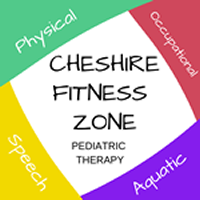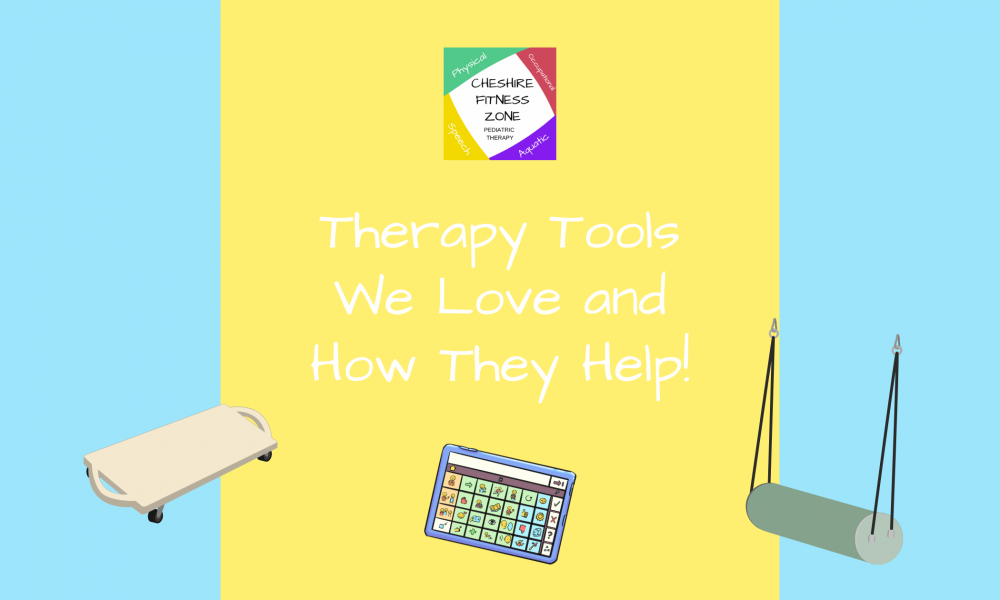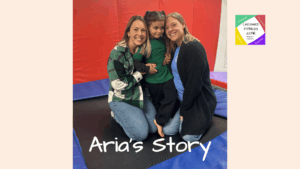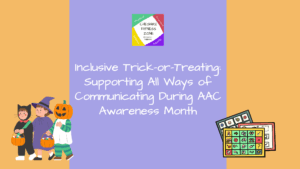Therapy Tools We Love and How They Help
At Cheshire Fitness Zone, we believe in using purposeful tools that meet each child where they are. From building strength and coordination to supporting sensory needs and communication, therapy tools play a key role in helping children reach their goals.
Here’s a breakdown of some of our favorite tools used in physical therapy (PT), occupational therapy (OT), and speech therapy (SLP), and how they help!
Scooter Boards
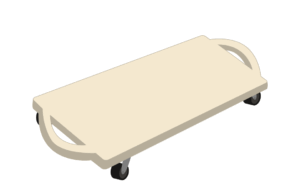
Used in: Physical Therapy & Occupational Therapy
Scooter boards look like simple riding toys, but they’re excellent for building strength, coordination, and motor planning. Kids may lie on their stomachs and use their arms to move across the room, building upper body strength and core stability.
Example Activity: Navigating a scooter board obstacle course to collect puzzle pieces, working both body and brain as they go.
Therapy Swings
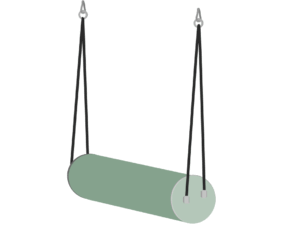
Used in: Occupational Therapy
We use a variety of swings, platform swings, cocoon swings, and hammock-style swings, to stimulate the vestibular system (which helps with balance and movement). Swings can be used to either energize or calm a child, depending on their needs.
Example Activity: A child sits in a cocoon swing while reaching for beanbags to toss into a basket, building balance, coordination, and motor planning in a playful setting.
Balance Equipment (Stepping Stones, Bosu Balls)
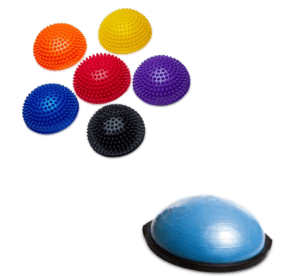
Used in: Physical Therapy
Balance tools help kids build lower body strength, coordination, and spatial awareness. They’re often part of active games that also target attention and turn-taking.
Example Activity: Creating a “lava floor” path with stepping stones where kids pretend to escape lava while practicing safe foot placement and balance.
AAC Devices, Visual Schedules, and Picture Boards
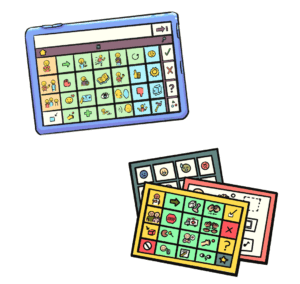
Used in: Speech Therapy
Not all communication is verbal. Tools like communication devices, picture cards, or visual schedules help children express their needs, follow routines, and build independence, especially for kids with emerging language skills.
Example Activity: Using a picture board to request items during a craft activity, giving kids meaningful ways to communicate choices.
Why These Tools Matter
These tools allow our therapists to meet children where they are, whether they’re working on balance, speech, regulation, or sensory integration.
If you’re ever curious about what your child is using or why we’re doing something a certain way, just ask! We love talking about the “why” behind the play.
